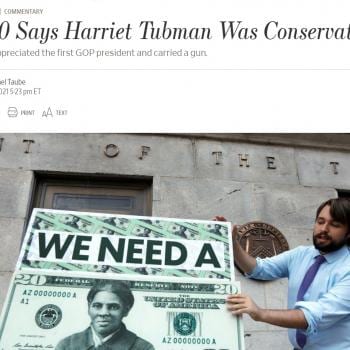In 2012, economist Jack Strauss presented his research at a conference sponsored by the St. Louis County Economic Council and the St. Louis Development Corporation.
Among his findings, Strauss said our region has not grown as fast as other similar cities and has in fact lost population. His study shows the primary reason is that unlike other places, not as many new Americans have moved here.
“The St. Louis area has 126,500 immigrants — 4.5 percent of the region’s population — which is four-to-five times fewer than other top 20 cities,” Strauss said. “In 1970, St. Louis ranked 26th in the number of foreign born citizens but is now 43rd.”
The report also statistically demonstrates that a lack of immigration explains a considerable portion of the region’s slow job and income growth. Strauss said immigrants bring work skills, specialize, pay taxes and buy goods in our region.
“Typical immigration patterns imply that income growth would have been four-to-seven percent greater, and job growth four-to-five percent higher,” Strauss added.
In other words, Strauss drew a connection between the region’s economic struggles and its comparative dearth of immigrants—individuals who bring important skills, pay taxes, create jobs, and drive up wages. His report explained all of this in detail.
The region’s relative scarcity of immigrants largely explains our poor economic growth, and the St. Louis metro’s fall from the 10th largest MSA in 1970 in the U.S. to 18th in population and 20th in economic output in 2010. Other metros in the top 20 averaged 40% faster economic growth over the past decade. This report statistically demonstrates that a lack of immigration explains a considerable portion of the region’s slow income growth.
Based on these findings and those of other economists, area business leaders initiated a project designed to actively encourage immigrants to come to St. Louis.
According to a 2013 article:
Project director Betsy Cohen didn’t want to disclose too many details ahead of Thursday’s summit, but she said the ideas would include ways to help connect international college students here with area job opportunities, and to add foreign-born focus to current training and small business programs.
“We don’t have to start from scratch,” she said.
Still, the stated goal — having the fastest immigration growth of any big city in the U.S. by 2020 — is a tall order, largely for the same reasons St. Louis drew relatively few foreign migrants in the last two decades. People who study why immigrants move where they do point to two main factors: Current communities and economic opportunity.
A 2016 article suggests that this initiative has been successful.
St. Louis notched an 8.9 percent increase in foreign-born residents from 2014 to 2015, according to data released from the U.S. Census Bureau late last week. That’s larger percent increase than any of the nation’s other twenty largest metro areas.
It is likely still too early to tell what effect this increase will have on St. Louis’ economy, and 8.9% is still a far lower foreign-born population than that of many other metro areas. Still, there are some indications that St. Louis’ economy may be starting to look up, and it’s not 2020 yet.
I mention all of this because I want to help explain why so many cities have elected to be “sanctuary cities.” Immigration is good for cities and good for economic growth. Cities know this. There are lots of other reasons cities elect to become sanctuary cities—to ensure that undocumented immigrants are able to come to the police about crimes they have witnessed or are victims of, for example—but the importance of immigrants to cities’ economic growth—which benefits everyone who lives in said cities, immigrant or not—should not be overlooked.
According to the Atlantic’s CityLab section:
Immigrants are key contributors to innovation and economic growth. A wide body of research has consistently shown that they make up a disproportionate share of leading scientists, inventors, and entrepreneurs. The researcher Vivek Wadhwa has found that more than 40 percent of Silicon Valley’s tech companies founded in recent years have at least one immigrant on their founding team. This is nothing new: Immigrants have made up a vital segment of America’s entrepreneurs for quite some time. From Andrew Carnegie to Andy Grove (the former CEO of Intel) to Google co-founder Sergey Brin, immigrant entrepreneurs have long helped to power American innovation and economic growth.
But it’s not just uber-talented immigrants who contribute to the U.S. economy. While anti-immigrant types like to claim that immigrants take American jobs and drive down our wages, the data suggests otherwise. According to Giovanni Peri, an economist at the University of California, Davis, immigrants are not only just as skilled as native-born Americans, they also specialize in tasks like cooking, driving, and building that native-born Americans may be less inclined to perform. Rather than depressing wages, metros with more foreign-born residents have higher wages overall. Our analysis finds a positive correlation (.48) between the share of foreign-born adults and average wages across U.S. metros.
To attract immigrants, you need to be a welcoming city—and that generally means being a sanctuary city. If the new administration is serious about cutting federal funding for sanctuary cities, these cities will have a choice to make—whether to lose the funding and eat the cost, or whether to threaten the very thing fueling their economic growth and success.
I have a Patreon! Please support my writing!















